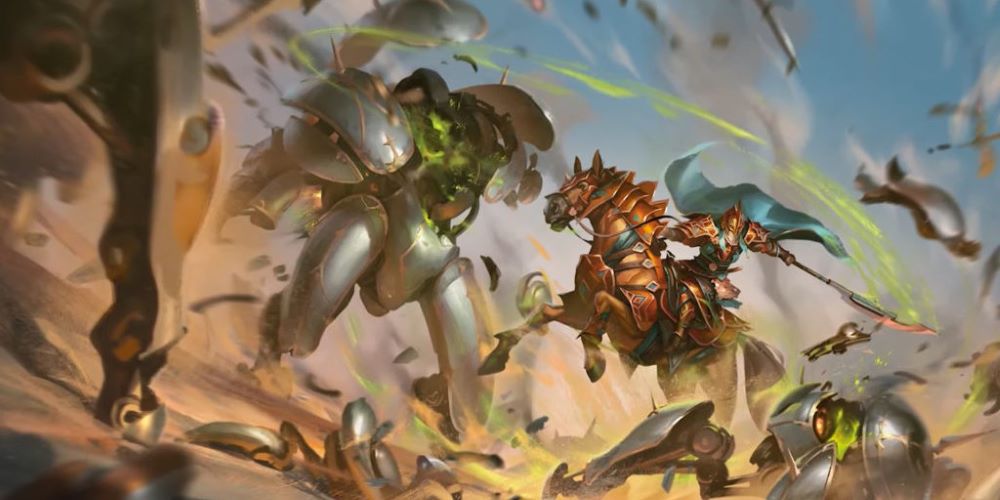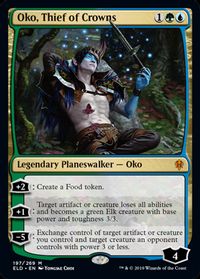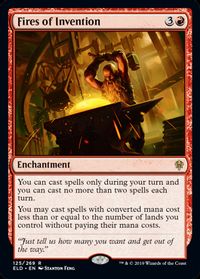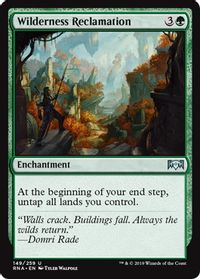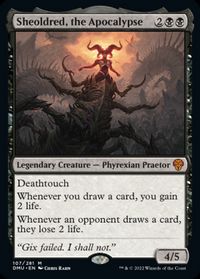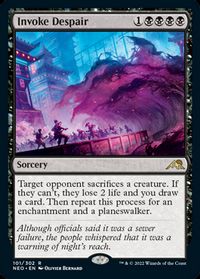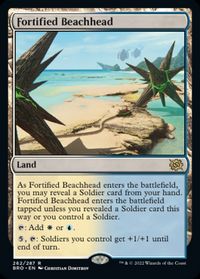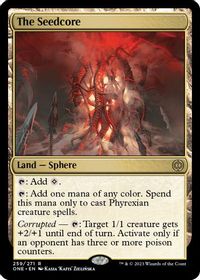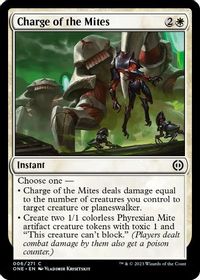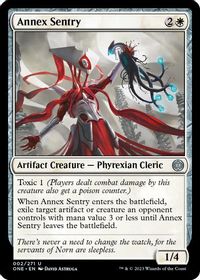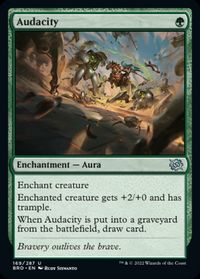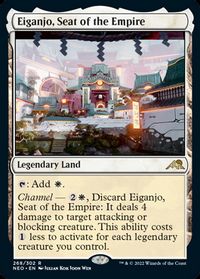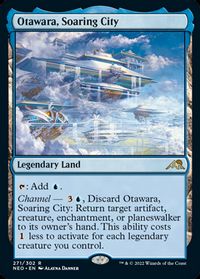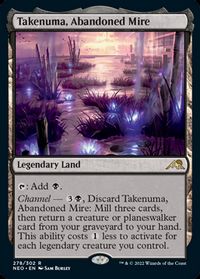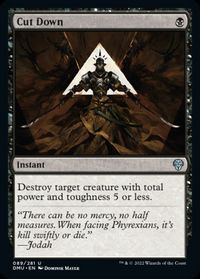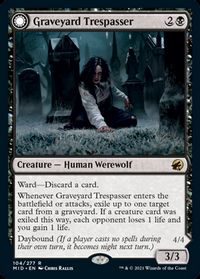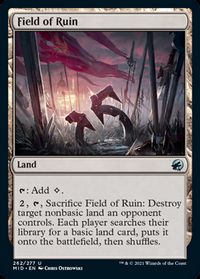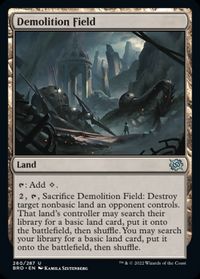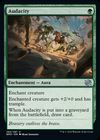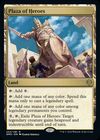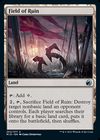Return of Paper Standard
Over the past few weekends, Regional Championships in Japan, Europe, and a few other regions of the world have taken place, marking the first real big return of paper Standard after the pandemic.
Throughout the MPL era and subsequent lockdowns all around the world, Standard ended up in, well, not a good place.
Many reasons for that – seemingly endless strings of bannings starting with Throne of Eldraine didn’t stop for a while. MPL used to be one of the main modes of Standard competition isolated players outside of that system, and the lack of paper tournaments left people with no incentive to play the format at a competitive level.
At Pro Tour Phyrexia, I finished in 35th place with a 10-6 record, earning an invitation for the next upcoming Pro Tour in Minneapolis in May(I also recorded my trip as a vlog here!).
Under the current Organized Play system, the main incentive to play at a Regional Championship is the available Pro Tour Qualification. Already having one, my motivation for preparation for this tournament wasn’t the highest. Regardless of that, I spent almost a good week of streaming on diving into Standard after not actively following the format for a long time and I’ve got some thoughts to share!
First of all, Standard seemed, for the most part, fun. Gameplay seems pretty deep and interesting, even if the dominant strategy seems to be playing a low-synergy high-card quality midrange deck – a pretty evergreen problem in Standard formats, to be honest.
Even then, there is a decent amount of variety between the various degrees of midrange, and I’m a big fan of the design trick we’ve seen recently of giving better mana to aggressive decks that live or die by their access to one-drops. Cards like 《Fortified Beachhead》, 《The Seedcore》, or to a lesser extent 《Plaza of Heroes》 enable aggressive decks’ mana bases without giving too much incidental power to midrange soup decks.
Selection and Testing in Regional Championships
The deck I chose to play was Selesnya Toxic. I picked it up after seeing Rei Sato arrive victorious in his Regional Championship. Selesnya Toxic is almost a set-constructed deck. You are priced to play all the cards with the Toxic mechanic, and there are barely enough playable ones, so you end up just playing all the available ones.
Mechanics typically appear for a set only nowadays, so we probably can’t expect to see more Toxic cards. The core of the deck will likely stay as it is now forever in Standard.
It makes me long for the old block structure, where mechanics got expanded over the course of a few sets, and decks built around strong themes could receive upgrades or a broader wealth of options over time. Unfortunately, that isn’t the world we live in anymore.
That said, despite all of my musings about design, I needed to have a deck to play in the tournament! After trying out Toxic and liking it, I quickly locked it in. It had a solid Grixis matchup and a nicely proactive plan against the field at large or any unexpected archetypes you might run into. I’m not claiming it was or will be the best choice in the format, but I had fun exploring the deck and was very curious about it.
There were some specifics of Rei’s list that I wasn’t a big fan of. 《Charge of the Mites》 is a little bit too much of a limited-level card for my liking, and 《Annex Sentry》 wasn’t my favorite against Grixis decks, frequently punishing me for exiling 《Corpse Appraiser》 or 《Fable of the Mirror-Breaker》.
I sifted through all Standard-legal cards that target your own creatures many times, trying to find some hidden gems that synergize greatly with 《Venerated Rotpriest》. Funnily, it took me a while to remember that Auras naturally target creatures despite not mentioning that on the cards!
Looking through available options, 《Audacity》 stood out to me and after trying it out, I was a big fan. It does so many things!
– Lets you attack through blockers: mites or 《Crawling Chorus》 get to attack profitably through 《Bloodtithe Harvester》, 《Fable of the Mirror-Breaker》 tokens, or 《Corpse Appraiser》.
– Trampling any amount deals full Toxic value – often your creature becomes just virtually unblockable.
– 《Audacity》 soaks 《Invoke Despair》 very well and makes that card embarrassing at times! Notably, the card draw happens on the Aura dying, not the creature.
– 《Audacity》 also lowers the curve of the deck that wants to be very mana efficient, has a good amount of Mana sinks with 《Mirrex》 and 《The Seedcore》, and wants to keep up mana for 《Tyvar’s Stand》 often.
Selesnya Toxic
Despite finding this (self-proclaimed) genius piece of technology, I finished the tournament in Naples with a measly 3-4 record, failing to qualify for day 2. I made my decklist available on Twitter the day before the tournament, and while my personal showing wasn’t particularly impressive, I was happy to see Tristan Leenders secure 13th place at the Regional Championship with a list utilizing the same 《Audacity》 tech.
Other Decks in the Tournament
Esper Legends/2nd Place
Esper Legends is definitely THE deck from Naples, coming up with a very high win rate. There are plenty of things this deck does very well, but the most striking one to me is the manabase. If you stick to the legendary theme, 《Plaza of Heroes》 is an untapped, painless land producing all of your colors, and then on top of that, it’s a mana sink you can protect your creatures with!
Consistent mana wins games. Another intriguing part of Esper is how it uses Kamigawa Neon Dynasty Channel lands. Playing a whopping 8 of them and being able to consistently reduce their cost to one or two mana means Esper will produce very good opening hands, very rarely missing early land drops, while in the mid and late game your 《Otawara, Soaring City》 and 《Eiganjo, Seat of the Empire》 are not only perfectly serviceable but actually quite efficient spells.
It’s an unusual deck – for building around the legendary theme, we don’t get any overt advantages or synergies between our spells, but we are instead paid off with a broken manabase.
Once again, consistency is typically king in deckbuilding, and Esper is definitely a deck I will pay plenty of attention to its developments. Plenty of developments seem possible, as splashing even a fourth color seems very doable.
Grixis Midrange/1st Place
Michael Rohrbock won the Naples tournament with the default “best deck” of the format – Grixis Midrange. Even then, his take on the archetype is actually somewhat refreshing.
Forgoing a high amount of power, but sometimes cumbersome 《Reckoner Bankbuster》, Michael decided to run a full playset of the best anti-aggro removal spell, 《Cut Down》, in his maindeck. Between so many removal spells, three 《Sheoldred, the Apocalypse》, and extra 《Graveyard Trespasser》 his version is not giving any ground up in the aggressive matchups.
While many could disagree with some specific choices of the list, it does a very good job of illustrating the natural power and flexibility of the archetype. Grixis is probably here to stay as one of the strongest choices, but tuning your decklist week to week will remain very important.
Mono-White Midrange/20th Place
I only tried Mono White Midrange very briefly so far, but I was put off by the speed of the deck. It’s very good at surviving and removing opposing threats, but turning the corner and actually winning the game can take ages and games can grind to a halt. It was pretty clear to me from the beginning that playing this deck will come with a greatly increased risk of running out of time in a round and risking a draw.
For those braver (or faster) than me, Fabrizio’s decklist comes with a very interesting development – it takes advantage of its 13-《Plains》 mana base by running a total of seven 《Field of Ruin》. Esper, Grixis, or Toxic decks routinely run as few as one or two basic lands, and a decklist like this can really punish manabases that disregard the need for basics.
Even if Mono-White’s win rate throughout the weekend wasn’t the strongest, everyone will need to take 《Field of Ruin》 spam into account from now on and I believe we will see many more manabases trying very hard to incorporate one or two extra basics in order not to get exploited easily.
In the End
Pro Tour Minneapolis will happen in May in Standard once again. I’ll be paying constant attention to the format even before March of the Machine releases in order to stay up to date with the format in order to accustom myself to the format. Standard always felt like an Achilles Heel for me, and I’ll be trying my hardest to remedy that!
Until next time!


